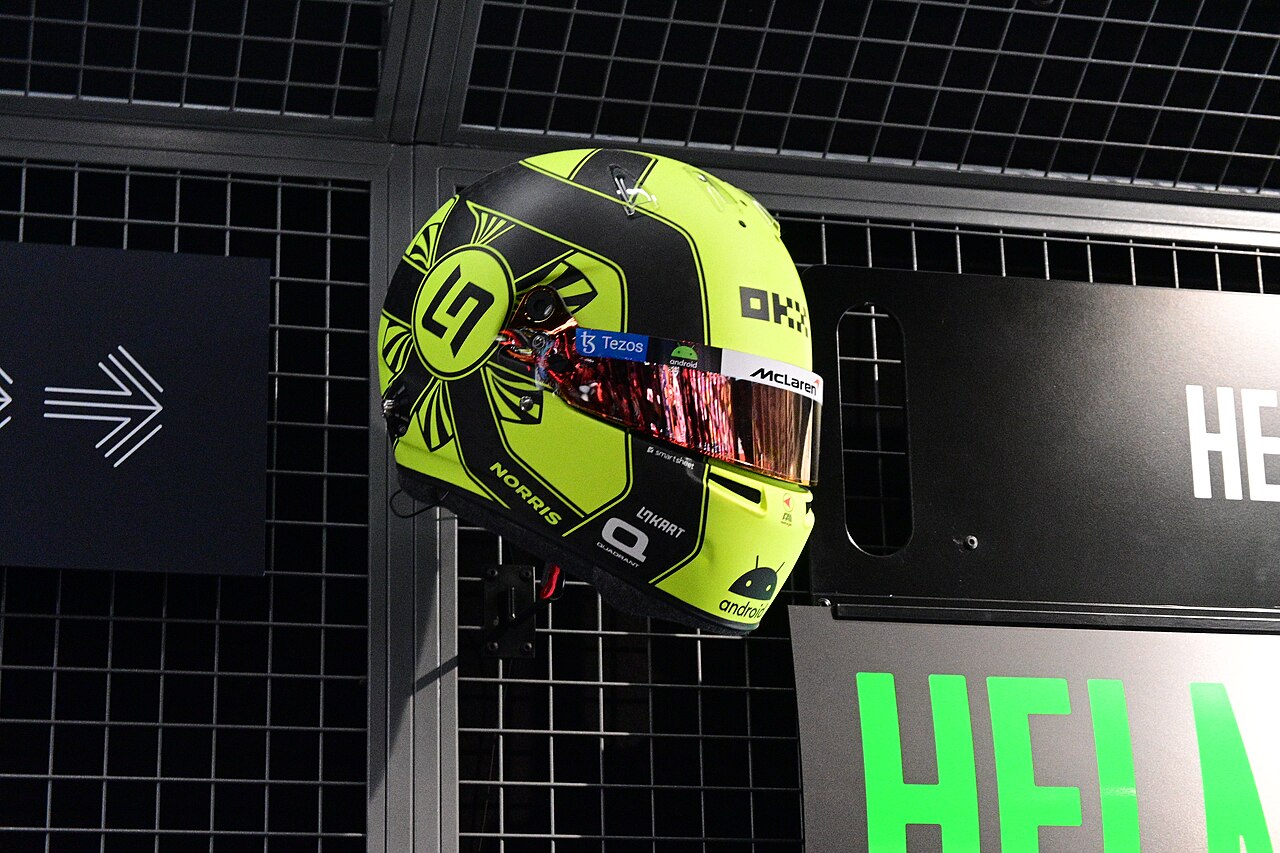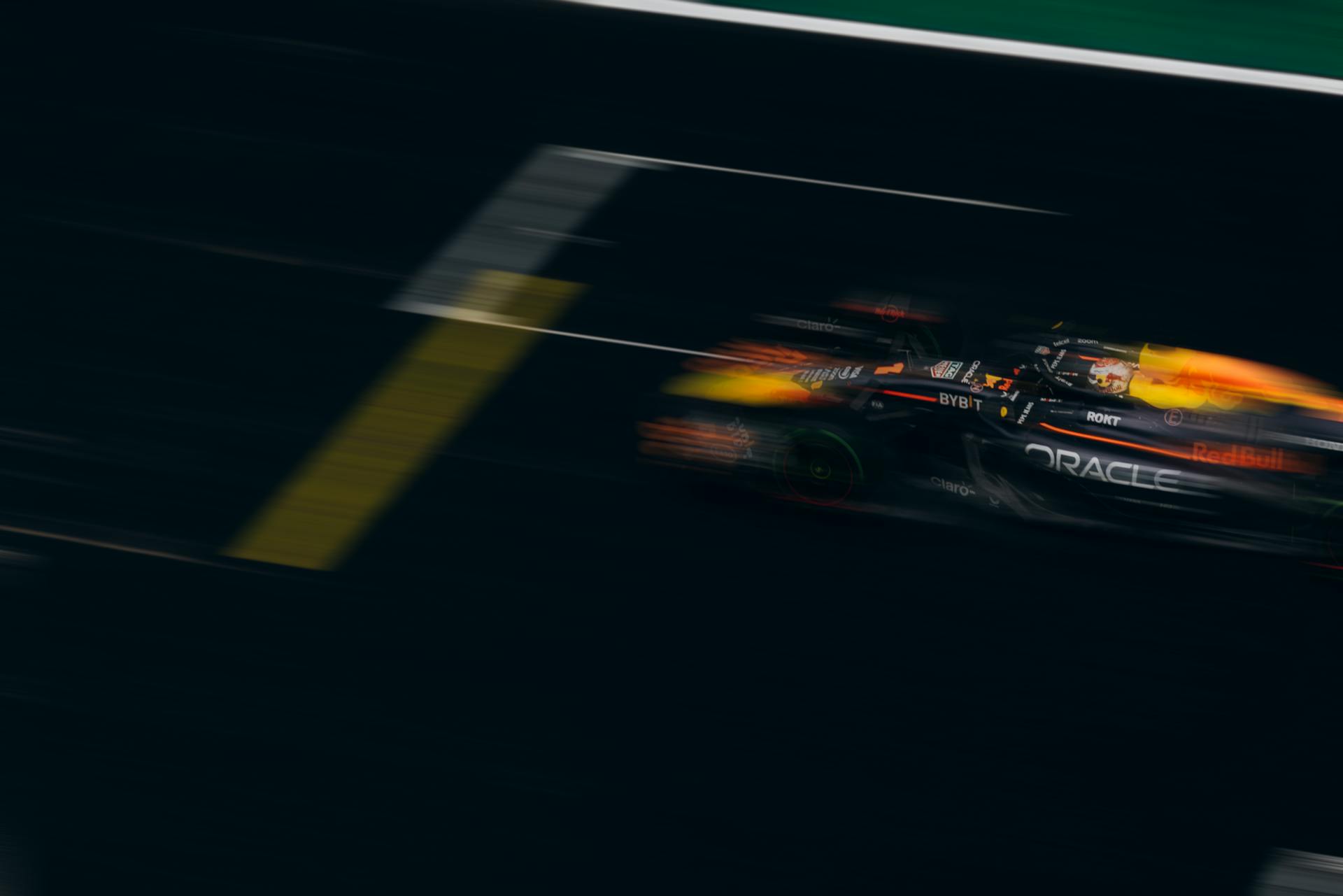Formula 1 Sponsorship Insights: Capturing the Ultimate Branding Platform
The world of Formula 1 sponsorship is where elite engineering meets high-octane marketing, creating a globally appealing platform for brands eager to harness its unparalleled visibility. With F1’s rapid rise in popularity, driven by thrilling competition and digital innovation, it has cemented itself as one of the most coveted arenas for sponsorships.
However, this prestige comes with fierce competition for limited sponsorship assets. This article delves into the current sponsorship landscape, uncovering opportunities, challenges, and strategies for brands to thrive in this exhilarating space.
The Formula 1 Sponsorship Boom: A New Era of Opportunity
Unprecedented Popularity and Growing Viewership
Formula 1 has experienced a remarkable resurgence in global popularity over the past decade. According to Formula 1’s 2024 Global Fan Survey (conducted with Nielsen Sports), the sport’s cumulative TV audience exceeded 1.5 billion viewers in the 2023 season. Additionally, the sport’s younger demographic has grown significantly, with 62% of new fans aged 16-35 (Source: Nielsen Sports, 2024 Global Fan Survey).
Platforms like Netflix’s Drive to Survive have amplified this growth, bringing gripping rivalries and behind-the-scenes drama to a broader audience. The show has been credited with increasing F1’s U.S. viewership by 40% since 2018 (Source: SportsPro Media, Netflix Analysis, 2023), with races such as the Miami and Austin Grands Prix attracting record crowds and TV ratings. For sponsors, this translates to an unprecedented opportunity to connect with engaged fans across all age groups and regions.
The Power of Digital Transformation
Formula 1’s digital presence has revolutionized fan engagement. The league’s social media channels boast +70 million followers globally as of January 2025, making it the fastest-growing sports entity on platforms like Instagram and TikTok (Source: Formula 1 Digital Report, 2024). These channels enable teams and sponsors to interact directly with fans, offering real-time updates, interactive polls, and behind-the-scenes content.
For brands, this digital surge presents opportunities to craft targeted campaigns. Sponsors like Petronas and Red Bull effectively leverage their partnerships by creating exclusive video content that achieves millions of views per race week. These digital activations go beyond traditional advertising, delivering measurable results in brand engagement and visibility (Source: Nielsen Sports ROI Study, 2024).
Limited Sponsorship Inventory: Navigating a Competitive Arena
Scarcity of Physical Branding Opportunities
The physical real estate for sponsorship branding on F1 cars, team apparel, and trackside assets is extremely limited. With only 10 teams and 20 cars on the grid, each sponsor competes for prominent placements that can cost upwards of $50 million per year for a primary spot on a leading team like Mercedes-AMG or Ferrari (Source: Forbes, F1 Sponsorship Valuation Report, 2024). For example, Aramco’s title sponsorship deal with Aston Martin is valued at over $60 million annually (Source: Motorsport.com, Sponsorship Insights, 2024), underscoring the premium price tags attached to high-profile visibility.
Adding to the challenge, many teams are locked into long-term agreements with existing sponsors. For instance, Red Bull’s partnership with Oracle and Mercedes’ deal with Petronas span multiple seasons, limiting entry points for new brands (Source: Team Annual Reports, Red Bull and Mercedes-AMG, 2024).
Strategies for Overcoming Sponsorship Constraints
Thinking Beyond the Car: Digital and Experiential Sponsorships
To counter the scarcity of physical branding opportunities, sponsors are innovating in digital and experiential activations. Brands like Heineken, an F1 global partner, have pioneered virtual experiences, hosting live-streamed fan Q&A sessions with drivers and creating AR filters that fans can use on race weekends (Source: Heineken F1 Sponsorship Activation Report, 2023). Similarly, DHL’s innovative “Fastest Pit Stop Award” integrates seamlessly into F1 broadcasts and digital channels, aligning the brand with the sport’s core theme of speed and precision (Source: DHL Press Releases, 2024).
Leveraging Emerging Teams
Emerging teams like Haas and Williams Racing offer cost-effective entry points into the sponsorship ecosystem. While partnerships with top-tier teams often require hefty budgets, smaller or developing teams provide greater flexibility in sponsorship deals (Source: SportsPro Media Analysis, 2024). These collaborations also allow brands to build a narrative around growth and innovation, aligning with teams striving to climb the F1 hierarchy.
The Financial Power of F1 Sponsorship
Return on Investment (ROI) Metrics
Sponsoring an F1 team or event delivers a high ROI through global exposure and association with a premium sport. Nielsen Sports reports that F1 sponsors receive an average 6:1 return on their investment due to the sport’s extensive broadcast reach, robust digital ecosystem, and affluent fanbase (Source: Nielsen Sports ROI Study, 2024). Additionally, 73% of F1 fans are more likely to purchase a brand associated with their favorite team, a compelling statistic for consumer-focused industries like automotive, luxury goods, and technology (Source: F1 Fan Survey, 2024).
F1’s Impact on Regional Markets
The sport’s expansion into new regions, such as the Middle East and the United States, is creating fresh opportunities for sponsors. The inaugural Las Vegas Grand Prix in 2024 attracted a live audience of over 400,000 attendees and became the highest-grossing event in F1 history, with ticket revenues exceeding $100 million (Source: Las Vegas GP Financial Overview, 2024). These regional expansions provide sponsors with targeted reach in high-growth markets.
Sustainability in Sponsorship: A Growing Priority
As F1 aims to achieve net-zero carbon emissions by 2030, sustainability has become a focal point for both the sport and its sponsors. Brands like Lenovo and Mercedes-Benz have partnered with F1 teams to highlight their own green initiatives, such as transitioning to hybrid or electric vehicles. In 2023, 87% of F1 fans expressed support for the sport’s environmental initiatives (Source: F1 Sustainability Report, 2023), making sustainability-focused sponsorships a strategic avenue for brands.
Conclusion: Seizing the F1 Sponsorship Moment
Formula 1 sponsorship represents a rare blend of prestige, global reach, and cutting-edge innovation. For CMOs of forward-thinking brands, the sport offers a platform to connect with a diverse, engaged audience and achieve unparalleled visibility. However, success requires navigating a competitive and evolving ecosystem with strategic foresight.
To thrive in this space, brands must leverage digital platforms, prioritize sustainability, and think creatively to overcome inventory constraints. By adopting a flexible and innovative approach, brands can not only secure a place in the world of Formula 1 but also redefine what it means to be a leader in sports sponsorship.







